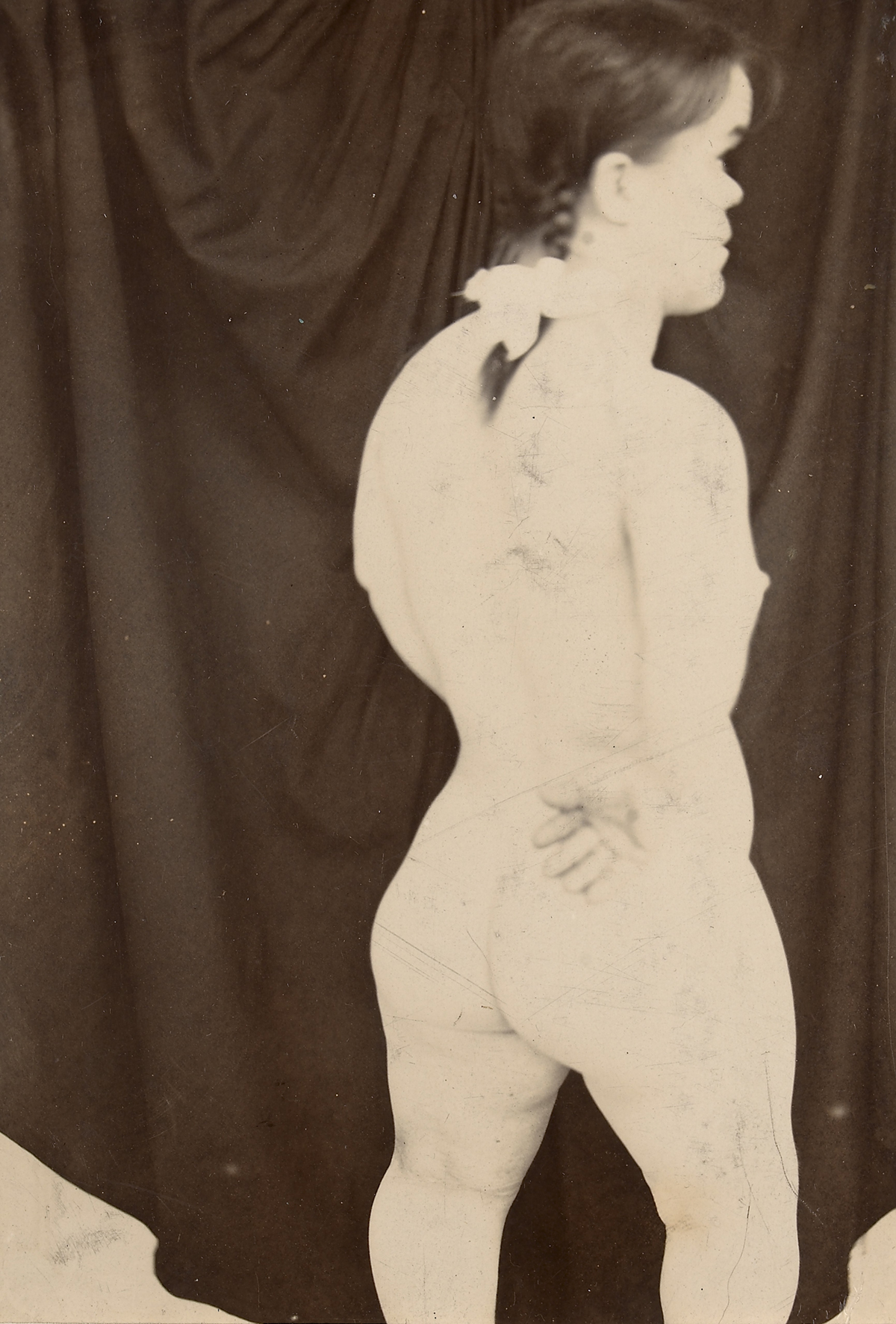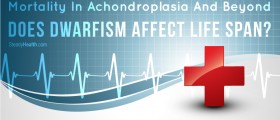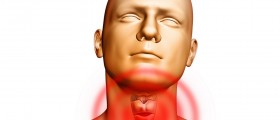
Dwarfism is a medical condition in which a person's physical size is extremely smaller comparing to normal human size. An average height of adult people suffering from dwarfism ranges between 2 feet 8 inches and 4 feet 8 inches. It is essential to mention that the condition generally does not cause mental retardation (even though retardation is possible if dwarfism develops as a part of other medical conditions).
Symptoms of Proportionate Dwarfism
In people suffering from proportionate dwarfism the body is well-proportioned although it is smaller in general. This type of dwarfism is basically related to some congenital conditions and certain diseases that occur during early childhood. Inadequate growth affects all body parts equally hence the proportion of body parts is adequate although the entire body is smaller than normal. In some cases of proportionate dwarfism there is a chance of mental retardation.
Proportionate dwarfism due to insufficient amount of growth hormone features with slow growth that occurs before the age of 5, periods of little or even no change in height and absence or delay in sexual development during puberty. Adult people in whom dwarfism develops as a consequence of the lack of the growth hormone are generally less than 5 feet tall.
Proportionate dwarfism associated with Turner syndrome, apart from small stature (an average height of 4 feet 8 inches), is characterized by several more symptoms and sings such as puffy hands and feet at birth and during infancy, kidney problems, hearth and blood vessel defects as well as infertility.
Symptoms of Disproportionate Dwarfism
In disproportionate dwarfism body parts do not stand in correct proportion, to be more precise some body parts are way too small while others are of a normal size or even bigger.
Such people typically have normally sized trunk and very short upper extremities. The head is normally sized but comparing to the rest of the body it stands in disproportion. There is no mental retardation.
In case of disproportionate dwarfism caused but achondriplasia symptoms and signs are an average height of 4 feet (in adulthood), short arms and legs together with normally sized trunk, short fingers, limited mobility of elbows, prominent forehead and flattened nose bridge. Furthermore, there is a progressive development of bowed legs and swayed lower back.
And finally, in case the person suffers from spondyloepiphyseal dysplasia congenital (definitely one of the most common causes of this type of dwarfism) the symptoms and signs include a short stature (of approximately 3 to just above 4 feet), short neck, trunk and extremities. Hands and feet remain of an average size. The condition additionally leads to clubfoot, hip deformities, progressive lordosis and/or kyphoscoliosis as well as vision and hearing problems.















-And-Children-16-Warning-Signs-And-Symptoms_f_280x120.jpg)

Your thoughts on this
Loading...